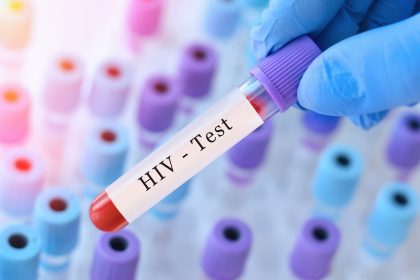Sexually transmitted diseases (STDs) continue to pose significant diagnostic challenges for healthcare providers, often leading to delayed or incorrect treatments. The consequences of these misdiagnoses can significantly impact long-term health outcomes and fertility. Understanding which infections are frequently misidentified can help patients advocate for better care and prevent complications.
Why accurate diagnosis remains challenging
Medical professionals face several obstacles when diagnosing STDs. Many infections present with mild or nonspecific symptoms, while some patients may remain asymptomatic. The similarity between STD symptoms and other medical conditions often leads to confusion in the diagnostic process.
Several factors contribute to misdiagnosis:
- Medical providers frequently encounter symptoms that overlap with common conditions like urinary tract infections or yeast infections, making initial diagnosis complex
- Healthcare systems often lack comprehensive screening protocols, leaving some infections undetected during routine examinations
- The delayed onset of symptoms in many STDs can make it difficult to establish the timeline of infection
- Early-stage testing may produce false negative results, leading to missed diagnoses
Common misdiagnoses and their implications
Chlamydia: Beyond urinary tract symptoms
Chlamydia, while highly common, often masquerades as a urinary tract infection. The shared symptoms, including frequent urination and burning sensations, frequently lead to misdiagnosis. This confusion can result in ineffective antibiotic treatments and, if left untreated, may cause serious complications such as pelvic inflammatory disease in women or testicular inflammation in men.
Herpes: More than skin irritation
The herpes simplex virus often goes unrecognized when its symptoms mimic common skin conditions. Initial outbreaks can resemble ingrown hairs or bacterial skin infections, leading many to dismiss them as temporary irritations. The virus’s ability to remain dormant for extended periods further complicates accurate diagnosis.
Syphilis: The persistent imitator
Medical professionals often struggle to identify syphilis due to its ability to mimic various other conditions. Its initial presentation as a painless sore can be mistaken for minor skin trauma, while later-stage symptoms may resemble common skin conditions. Without proper treatment, syphilis can progress to affect multiple body systems, including the nervous system and cardiovascular health.
Gonorrhea: Beyond common infections
The symptoms of gonorrhea frequently overlap with other conditions, particularly bacterial vaginosis and yeast infections in women, or mild urinary tract infections in men. This similarity often results in inappropriate treatment protocols. Untreated gonorrhea can lead to serious complications, including fertility issues and systemic inflammation.
HPV: Hidden complications
Human papillomavirus infections often go unrecognized or are confused with benign skin conditions. While some strains cause visible symptoms like genital warts, others may remain undetected until they cause cellular changes detected during cancer screenings. Regular monitoring and vaccination remain crucial for prevention and early detection.
Trichomoniasis: The overlooked infection
The parasitic infection trichomoniasis shares many symptoms with common vaginal infections, leading to frequent misdiagnosis. While it can cause noticeable discharge and discomfort, many cases present with mild or no symptoms, allowing the infection to persist undetected.
Taking control of sexual health
Proper diagnosis and treatment require active participation from both healthcare providers and patients. Consider these essential steps:
- Request specific STD screenings during regular check-ups, as comprehensive testing may not be standard
- Maintain detailed records of symptoms and their progression to aid in accurate diagnosis
- Seek additional medical opinions when treatments prove ineffective
- Practice consistent safe sex measures to reduce infection risks
The impact of misdiagnosed STDs extends beyond immediate health concerns, potentially affecting long-term wellness and reproductive health. Understanding these common diagnostic challenges empowers individuals to seek appropriate care and advocate for thorough testing when necessary.
Regular health monitoring, open communication with healthcare providers, and awareness of potential misdiagnoses play crucial roles in maintaining sexual health. When symptoms persist despite initial treatments, pursuing additional testing or seeking specialist care can prevent serious complications and ensure proper treatment.
This story was created using AI technology.
















